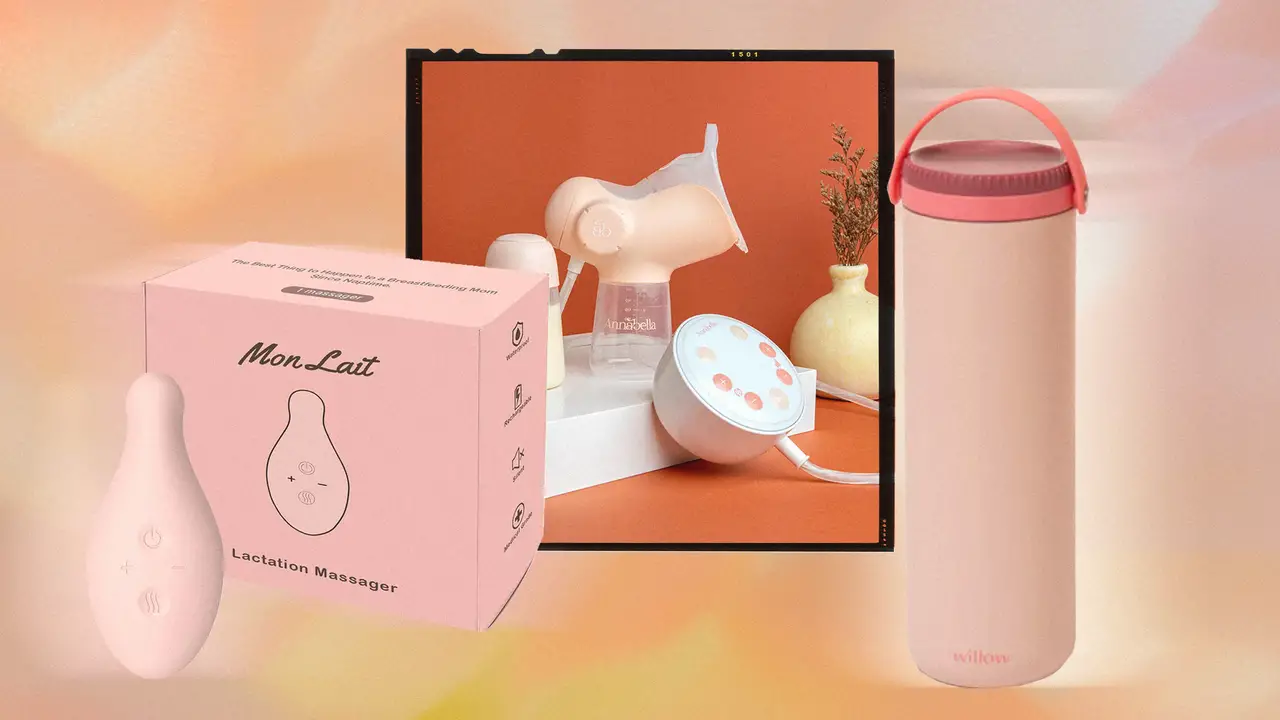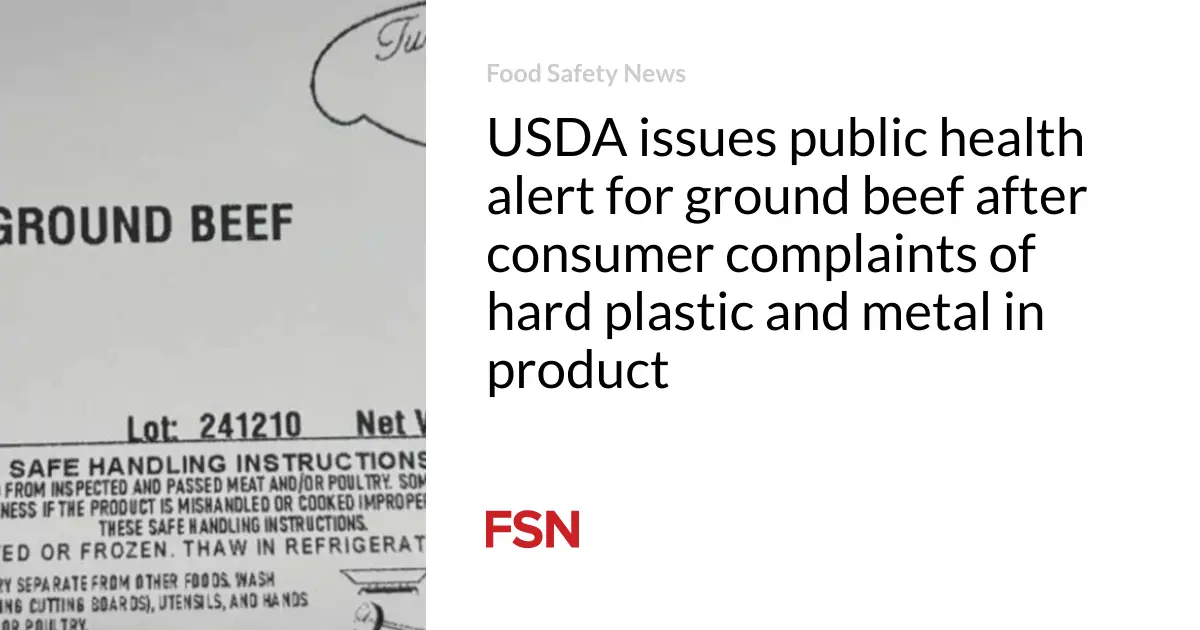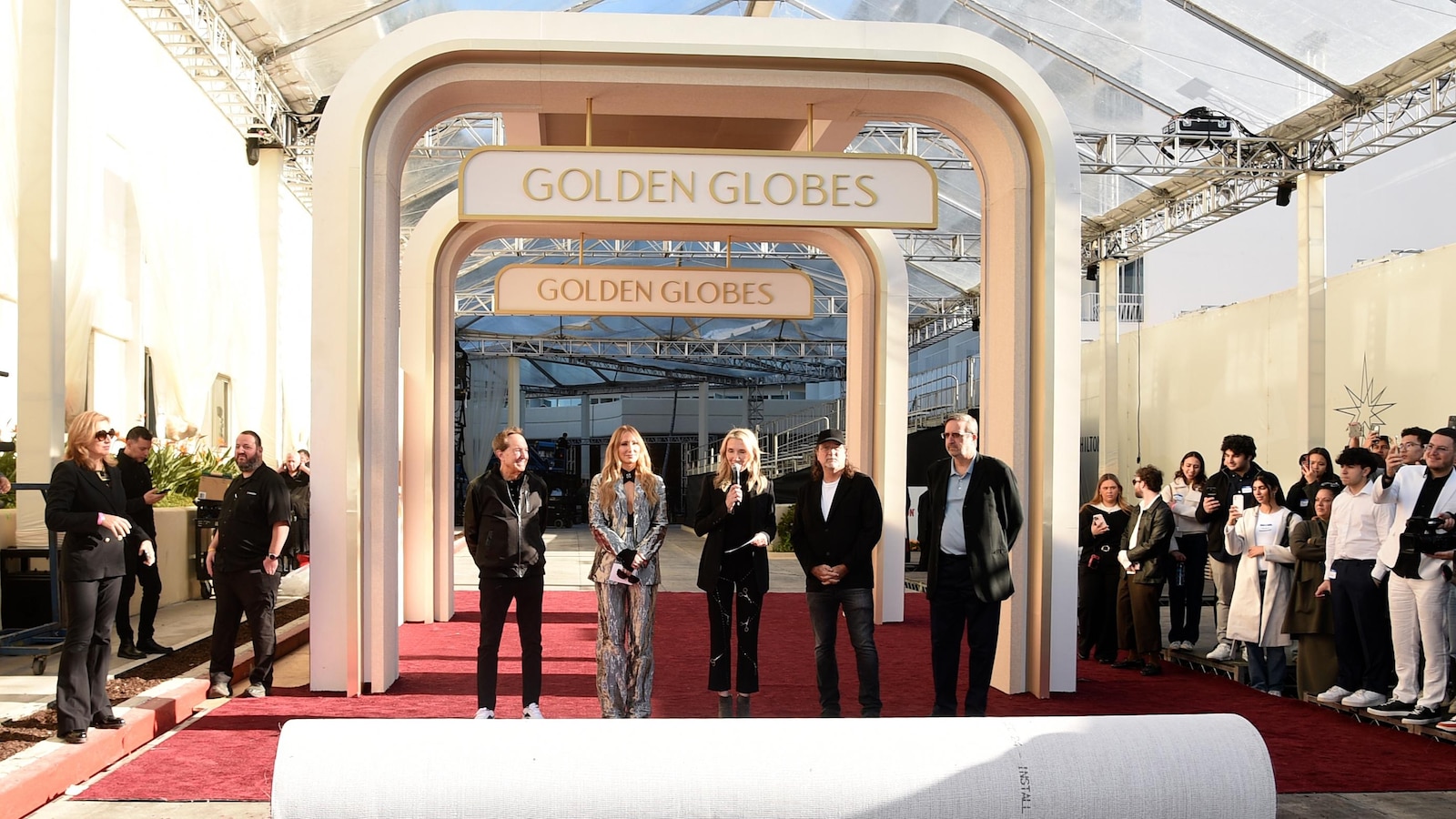
It’s rare that one gets to experience an Instagram vs. reality meme in real time. But there I was, hunched over a breast pump at 3 a.m. mindlessly scrolling through TikTok and crying because I knew this session would still not be enough to feed my newborn twins.
I couldn’t escape the barrage of videos featuring serene-looking women in beige, their usernames all some variation on “Mama” or “SAHM” (stay at home mom), sharing their to-the-minute pumping schedules and breast milk oversupply tips—all apparently so effective it allowed them time to apply makeup and find good lighting. I tried to picture these women crouched behind the door of their too-small bathroom, wincing in pain, so their visiting parents and mother-in-law were spared the image of their swollen nipples. I couldn’t.
Breastfeeding is, obviously, as old as humanity itself, but you might be surprised to learn that pumping isn’t such a new invention either. According to Smithsonian Magazine, archaeologists in Greece unearthed one of the earliest milk-extracting devices on record: a fifth-century vessel that could be opened and closed with a finger to create a vacuum that drew out milk. The electronic devices we know and use today have been around for about 30 years, the impact of which has been widespread: A 2006 survey found that 85% of breastfeeding mothers also pump.
That is surely higher today, considering the Affordable Care Act now requires health insurance to cover the cost of a breast pump. Many of which have become, dare I say, chic? Those hospital-grade devices—the ones that make you feel like a dairy cow trying to make a monthly quota—still exist. But new on the scene are an increasing number of wearable and manual options with sleek designs and even sleeker marketing. They come in subtle dusty pink carrying cases alongside a variety of accessories, including a lactation massager that I first mistook for a vibrator.
There’s an empowered view to this: Breast pumps allow mothers the opportunity to leave the home for work, errands, or even just a sanity walk around the block. They also—and I know this sounds like science fiction—give moms a chance to sleep through the night while their partner handles night feeds.
There’s also a more cynical view: The United States’ lack of paid leave and childcare support is so insufficient that an entire technology and industry has risen to cater to the needs of working women, one in four of whom return within two weeks of giving birth.
And somewhere in between is the good business POV: The breast pump market has become a 2.94 billion dollar (and growing) industry for a number of factors—including the rise in women’s employment but also more government initiatives to promote breastfeeding. And the latest U.S. Census Bureau figures say the average age of women giving birth is now 30, the highest it’s ever been. That means the majority of first-time moms are millennials, a generation known for its willingness to pay more for good packaging. As one myself, I’ve seen every life stage become more aestheticized, from my beauty products to my cookware to even my toilet paper. Much has been written (and TikToked) about how this has affected baby toys. Did we really think the postpartum mother buying all those pastel wood blocks would be exempt too? But then again, more competition means more innovation, which ultimately benefits women.
“The big hospital grade breast pumps haven’t changed in decades—big rotary motor, noisy, clunky, plugged into a wall, painful to use,” says Elvie founder Tania Boler, whose wearable breast pump has been a favorite among celebrities like Brittany Mahomes and Blake Lively. “When we came up with the idea for a discreet wearable breast pump, literally nothing like that existed. If you use technology that solves a need for women, they will rush to your innovation.”








